
Max Ernst was a German painter, sculptor, printmaker, graphic artist, and poet. A prolific artist, Ernst was a primary pioneer of the Dada movement and Surrealism in Europe. He had no formal artistic training, but his experimental attitude toward the making of art resulted in his invention of frottage—a technique that uses pencil rubbings of textured objects and relief surfaces to create images—and grattage, an analogous technique in which paint is scraped across canvas to reveal the imprints of the objects placed beneath. Ernst is noted for his unconventional drawing methods as well as for creating novels and pamphlets using the method of collages. He served as a soldier for four years during World War I, and this experience left him shocked, traumatised and critical of the modern world. During World War II he was designated an "undesirable foreigner" while living in France.
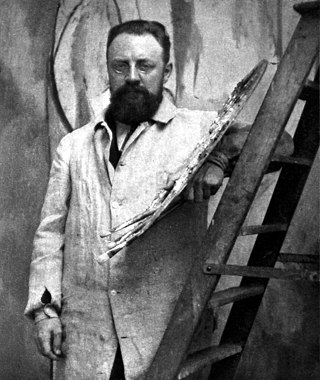
Henri Émile Benoît Matisse was a French visual artist, known for both his use of colour and his fluid and original draughtsmanship. He was a draughtsman, printmaker, and sculptor, but is known primarily as a painter.

Paul Klee was a Swiss-born German artist. His highly individual style was influenced by movements in art that included expressionism, cubism, and surrealism. Klee was a natural draftsman who experimented with and eventually deeply explored color theory, writing about it extensively; his lectures Writings on Form and Design Theory, published in English as the Paul Klee Notebooks, are held to be as important for modern art as Leonardo da Vinci's A Treatise on Painting was for the Renaissance. He and his colleague, Russian painter Wassily Kandinsky, both taught at the Bauhaus school of art, design and architecture in Germany. His works reflect his dry humor and his sometimes childlike perspective, his personal moods and beliefs, and his musicality.

Josef Albers was a German-born American artist and educator who is considered one of the most influential 20th-century art teachers in the United States. Born in 1888 in Bottrop, Westphalia, Germany, into a Roman Catholic family with a background in craftsmanship, Albers received practical training in diverse skills like engraving glass, plumbing, and wiring during his childhood. He later worked as a schoolteacher from 1908 to 1913 and received his first public commission in 1918 and moved to Munich in 1919.
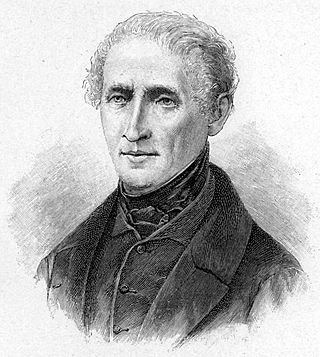
Joseph Freiherr von Eichendorff was a German poet, novelist, playwright, literary critic, translator, and anthologist. Eichendorff was one of the major writers and critics of Romanticism. Ever since their publication and up to the present day, some of his works have been very popular in German-speaking Europe.

Heinrich Kley was a German illustrator, editorial illustrator and painter.

John Rewald was an American academic, author and art historian. He was known as a scholar of Impressionism, Post-Impressionism, Cézanne, Renoir, Pissarro, Seurat, and other French painters of the late 19th century. He was recognized as a foremost authority on late 19th-century art. His History of Impressionism is a standard work.
Walter Curt Behrendt was a German-American architect and active advocate of German modernism. He was an authority on city planning and housing, editor of Die Form, and author of The Victory of the New Building Style among many other works.

Adolf Bruno Behne was a German critic, art historian, architectural writer, and artistic activist. He was one of the leaders of the Avant Garde in the Weimar Republic.
Pedagogical Sketchbook is a book by Paul Klee. It is based on his extensive lectures on visual form at Bauhaus Staatliche Art School where he was a teacher in between 1921-1931. Originally handwritten – as a pile of working notes he used in his lectures – it was eventually edited by Walter Gropius, designed by László Moholy-Nagy and published in as a Bauhaus student manual under the original title: Pädagogisches Skizzenbuch. It was translated into English by Sibyl Moholy-Nagy, who also wrote an introduction for it.

Paul Klee Notebooks is a two-volume work by the Swiss-born artist Paul Klee that collects his lectures at the Bauhaus schools in 1920s Germany and his other main essays on modern art. These works are considered so important for understanding modern art that they are compared to the importance that Leonardo's A Treatise on Painting had for Renaissance. Herbert Read called the collection "the most complete presentation of the principles of design ever made by a modern artist – it constitutes the Principia Aesthetica of a new era of art, in which Klee occupies a position comparable to Newton's in the realm of physics."

Twittering Machine is a 1922 watercolor with gouache, pen-and-ink, and oil transfer on paper by Swiss-German painter Paul Klee. Like other artworks by Klee, it blends biology and machinery, depicting a loosely sketched group of birds on a wire or branch connected to a hand-crank. Interpretations of the work vary widely: it has been perceived as a nightmarish lure for the viewer or a depiction of the helplessness of the artist, but also as a triumph of nature over mechanical pursuits. It has been seen as a visual representation of the mechanics of sound.
William Stanley Rubin was an American art scholar, a distinguished curator, critic, collector, art historian and teacher of modern art.
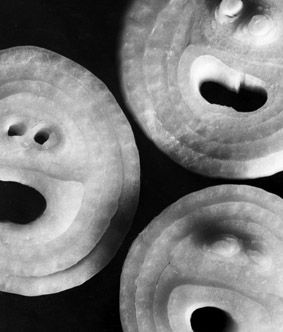
The Neues Sehen, also known as New Vision or Neue Optik, was a movement, not specifically restricted to photography, which was developed in the 1920s. The movement was directly related to the principles of the Bauhaus. Neues Sehen considered photography to be an autonomous artistic practice with its own laws of composition and lighting, through which the lens of the camera becomes a second eye for looking at the world. This way of seeing was based on the use of unexpected framings, the search for contrast in form and light, the use of high and low camera angles, etc. The movement was contemporary with New Objectivity with which it shared a defence of photography as a specific medium of artistic expression, although Neues Sehen favoured experimentation and the use of technical means in photographic expression.
Heinrich Amersdorffer was a German painter, printmaker, war artist and art teacher.
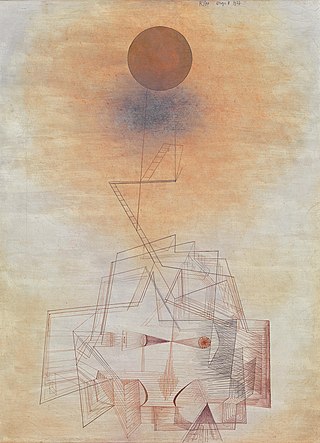
Limits of Reason is a 1927 painting by Paul Klee (1879-1940). It is in the permanent collection of the Pinakothek der Moderne—Pinakothek of modern art—in central Munich's Kunstareal.
Carola Giedion-Welcker was a German-Swiss art historian.
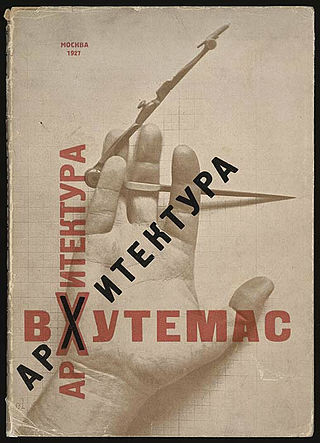
Hinnerk Scheper,, as 'Gerhard Hermann Heinrich Scheper; died 5 February 1957 in Berlin) was a German colour designer, mural painter, architectural colorist, non-fiction author, photographer, monument conservator, restorer, state curator, and urban planner.

Karl Oppermann was a German painter.














